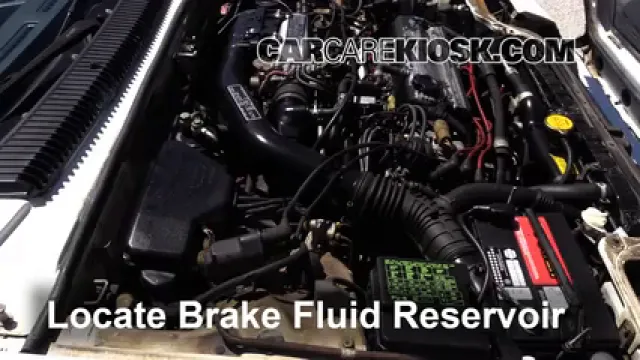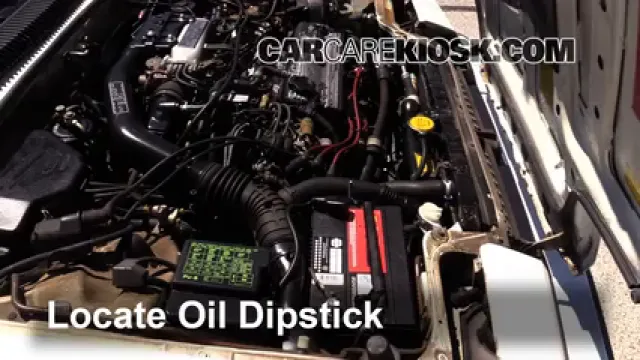Consumer Review Video - 1985 Honda Prelude 2.0 Si 2.0L 4 Cyl.
Common problems and easy repairs on a 1985 Prelude
The 1985 Honda Prelude 2.0 Si is a relatively easy car to maintain, and a good choice for someone experienced in car maintenance. The tail light bulbs are easy to access and change. You only have to remove one cover for reliable access, and this cover is no problem to remove. Changing the engine air filter is easy to do, as you only have to disengage a few fasteners for access to the filter. These fasteners are easy to disengage. The components of the spare tire are easily accessible in the rear of the vehicle. This keeps the tire and jack kit ready to go in case of emergency.
Some things are harder to repair on the 1985 Honda Prelude. You will need to use a tool in order to change the front wiper blade. Other models do not require the use of tools for changing your blades. The brake fluid reservoir is located in a not overly visible spot in the engine bay. This will make it tough to keep an eye on the fluid level on a regular basis. To change the front turn signal, you will have to completely remove the housing. This is harder access than usual.
Author
Hans Angermeier has produced over 100,000 videos showing drivers how to fix things on their cars. He has broad expertise on basic repair procedures covering the majority of cars on the road.












